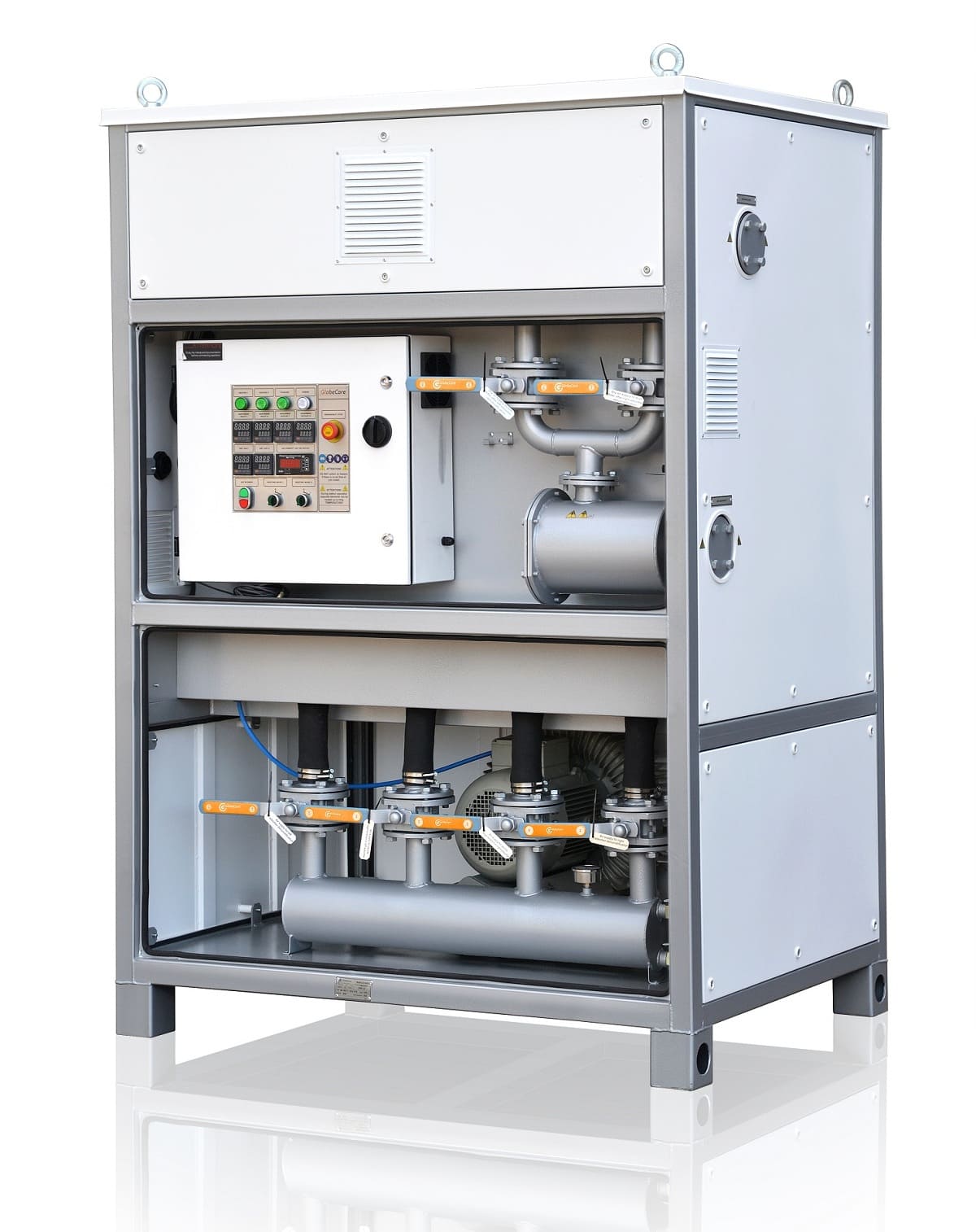How does Air Drying vs Heat Drying Methods compare in terms of efficiency and energy usage for transformers?
- This topic has 1 reply, 2 voices, and was last updated 1 year, 1 month ago by .
Answers
-
October 7, 2024 at 9:31 am by David Allen
Air Drying and Heat Drying are two prevalent methods for moisture removal in transformers, each with distinct efficiency and energy profiles. Air Drying involves circulating dry air through transformer oil to absorb moisture. It is generally more energy-efficient and cost-effective for routine maintenance and low to moderate moisture levels, as it relies on ambient or slightly elevated temperatures without significant energy input. However, its effectiveness decreases with higher moisture content, leading to longer drying times. Heat Drying, conversely, employs elevated temperatures to accelerate moisture evaporation, offering faster and more thorough drying, especially for heavily contaminated transformers. This method consumes more energy due to the need for substantial heating elements. While Heat Drying is more effective in critical situations requiring rapid moisture removal, Air Drying is preferable for regular maintenance due to its lower energy consumption and operational costs. The optimal choice depends on the specific moisture levels and maintenance requirements of the transformer.



